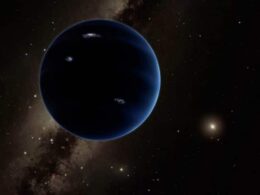Solar eclipse will turn Sun into a ring of fire
The Sun will become a “ring of fire” on Sunday, 26 February, in an annular solar eclipse that will be visible on land only in parts of South America and southern Africa.

The phenomenon occurs when the Moon is near its farthest point in its orbit around the Earth, and so does not appear large enough in the sky to cover the Sun completely.
The result is that, unlike in a total solar eclipse, the Moon appears surrounded still by a ring of bright sunlight when it is directly between us and the Sun.
The eclipse begins at sunrise over the South Pacific before hitting land in the fjords of southern Chile. The popular cruise port of Puerto Chacabuco and national reserve of Coyhaique are on the central track. The Moon’s shadow sweeps on across Patagonia in southern Argentina before racing across thousands of kilometres of the Atlantic Ocean. It makes landfall again in Angola, in western Africa. The northwestern tip of Zambia is briefly crossed before the shadow enters the Democratic Republic of the Congo where the eclipse ends at sunset, a little east of the city of Likasi.
A partial eclipse of the Sun will be visible from the rest of Chile and Argentina, plus Paraguay, and much of Bolivia, Brazil, Peru and Antarctica, and central and southern Africa on the other side of the Atlantic.

From the central track, the Moon will actually cover more of the Sun than it did during the annular eclipse we have pictured above, from Spain in 2005, so the ring of light will be thinner. Indeed, unless you are very close to the centre line, the Sun will never appear as a complete ring. At most, it will look similar to the simulated view from Coyhaique, Chile, which we have produced using the free planetarium software Stellarium.
Though the ring will be thin, the fact that the eclipse will be annular rather than total means that there will never be a time when you can view the phenomenon directly without special eclipse glasses or welder’s goggles. Do not attempt to look without proper protection, and normal sunglasses, sweet wrappers or CDs/DVDs will NOT offer this protection!
What is an eclipse of the Sun?



